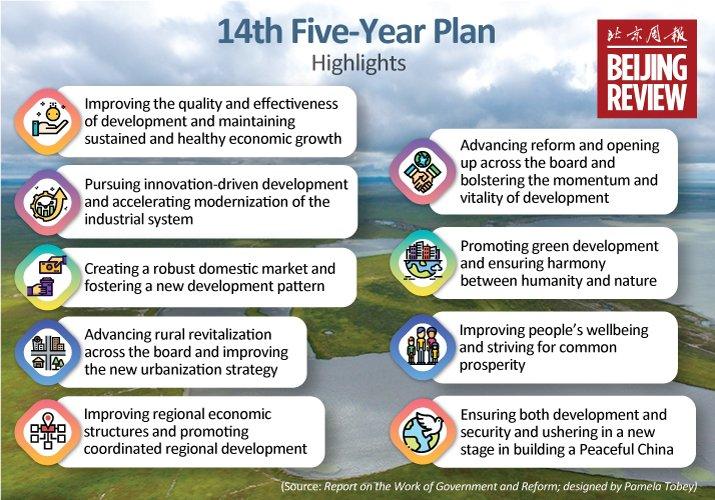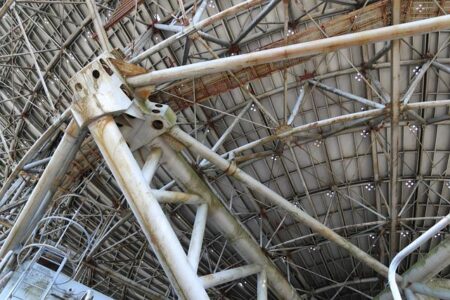China is set to accelerate efforts in its upcoming five-year plan to close the nuclear capabilities gap with the United States and Russia, according to defense analysts. The strategic blueprint, expected to be unveiled later this year, signals a significant shift in Beijing’s military priorities amid escalating global security tensions. Experts warn that China’s enhanced focus on expanding and modernizing its nuclear arsenal could reshape the balance of power and intensify arms race dynamics among the world’s leading nuclear powers.
China’s Strategic Push to Expand Nuclear Arsenal Targets Global Power Balance
China’s upcoming five-year blueprint reveals an ambitious escalation in its nuclear capabilities, signaling a deliberate effort to recalibrate the longstanding global nuclear equilibrium. Analysts indicate that Beijing’s strategic investments in missile technology, warhead development, and advanced delivery systems are designed to drastically reduce the current nuclear disparity with the United States and Russia. This accelerated buildup is not merely quantitative but also qualitative, encompassing enhancements in missile accuracy, range, and survivability under a modernized nuclear doctrine.
Key facets of this expansion include:
- Doubling the number of warheads currently estimated in operational inventory by 2027.
- Deployment of hypersonic glide vehicles capable of evading existing missile defense systems.
- Expansion of silo-based and mobile intercontinental ballistic missile (ICBM) fleets to ensure second-strike capabilities.
Such developments carry profound implications for global security dynamics, potentially triggering a rearmament spiral and complicating arms control negotiations among major powers.
| Country | Estimated Warheads (2024) | Projected Warheads (2027) | ||
|---|---|---|---|---|
| United States | 5,428 | 5,600 | ||
| Russia | 5,977 | 6,200 | ||
| China |
| Country |
Estimated Warheads (2024) |
Projected Warheads (2027) |
|
| United States | 5,428 | 5,600 | ||
| Russia | 5,977 | 6,200 | ||
| China | 350 | 700 |
### Summary:
China’s strategic nuclear expansion outlined in its next five-year plan points to a significant shift in global nuclear forces. By potentially doubling its warhead count and deploying next-generation technologies like hypersonic glide vehicles, China aims to enhance the credibility and survivability of its nuclear arsenal. This marks a notable departure toward a more assertive nuclear posture, complicating arms control efforts and raising geopolitical tensions.
If you want me to assist with anything specific like rewriting, expanding, or analyzing this content, just let me know!
Experts Analyze Potential Military and Diplomatic Implications of Beijing’s Ambitious Plan
Analysts warn that China’s intensified focus on expanding its nuclear capabilities under the upcoming five-year plan could disrupt the current strategic balance, particularly with the United States and Russia. Military experts emphasize that Beijing’s rapid development of advanced missile systems and warhead production might trigger a new arms race in the Asia-Pacific region, increasing regional tensions and complicating existing arms control agreements. Diplomatically, the plan is seen as a signal of China’s intent to assert greater leverage on global security matters, potentially challenging existing nuclear non-proliferation frameworks and prompting calls for renewed dialogue among major powers.
Key military and diplomatic implications identified by analysts include:
- Acceleration of missile modernization programs to achieve parity with US and Russian arsenals.
- Greater emphasis on second-strike capabilities enhancing China’s nuclear deterrence posture.
- Heightened risk of miscalculations amid insufficient communication channels with rivals.
- Potential for diplomatic fallout, complicating ongoing negotiations on global arms reduction.
| Aspect | Potential Impact | Analyst Insight |
|---|---|---|
| Missile Arsenal | Expansion & Modernization | Could narrow the strategic gap significantly |
| Diplomatic Relations | Increased Tensions | May strain China-US-Russia dialogue on arms control |
| Regional Security | Heightened Uncertainty | Risks destabilizing existing security frameworks in Asia-Pacific |
Recommendations for International Response and Strengthening Non-Proliferation Efforts
The international community must adopt a multi-faceted approach to effectively address the accelerating nuclear developments outlined in China’s latest five-year plan. Strengthening diplomatic channels and enhancing transparency mechanisms could play a crucial role in preventing escalation. Robust verification measures and expanded information-sharing protocols among nuclear states should be prioritized to build mutual trust. In addition, re-energizing existing frameworks such as the Treaty on the Non-Proliferation of Nuclear Weapons (NPT) while exploring new agreements can create a more resilient global architecture to manage the emerging strategic dynamics.
Practical steps include:
- Establishing regular trilateral dialogues among the US, Russia, and China to discuss nuclear doctrines and risk reduction;
- Expanding multilateral export controls to restrict access to sensitive materials and technologies;
- Increasing funding for non-proliferation programs focused on technological innovation and nuclear security;
- Engaging regional stakeholders in Asia-Pacific for broader support and enforcement of non-proliferation norms.
| Priority Area | Recommended Action | Expected Outcome |
|---|---|---|
| Diplomatic Engagement | Trilateral strategic dialogues | Reduced miscalculations and increased predictability |
| Verification | Enhanced monitoring technologies | Improved trust and compliance |
| Export Controls | Revised dual-use technology regulations | Limited proliferation risks |
The Way Forward
As China charts its course over the next five years, its intensified focus on expanding and modernizing its nuclear arsenal signals a strategic shift aimed at narrowing the longstanding gap with US and Russian capabilities. Analysts caution that this development not only reflects Beijing’s broader ambitions for global influence but also raises complex questions about regional security and future arms control dynamics. As the world watches closely, the coming years will be critical in defining the balance of nuclear power and the stability of international relations.




